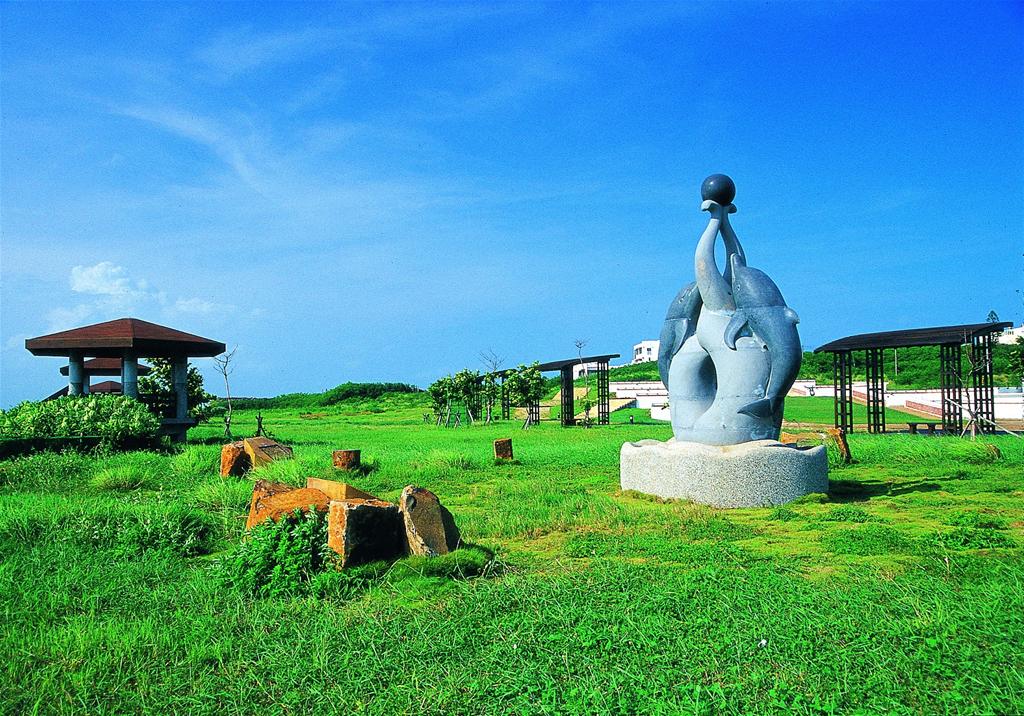Dongwei Stone Sculpture Park Introduction
Dongwei Stone Sculpture Park is located to the north of Dongwei Reservoir, on the southeastern side of the intertidal zone. To the north, one can overlook the areas of Xiweili and Penghu Bay. Most of the terrain in the Penghu Islands consists of basalt plateaus, providing ample stone materials, and thus nurturing many stone sculpture artists. The park features four large stone sculptures. "Sea Turtle in the Ocean": Besides symbolizing longevity, it aims to raise awareness about the conservation of green sea turtle ecology. "Francesca's Flower": With its remarkable toughness, this flower is the county flower of Penghu, symbolizing the indomitable spirit of the residents. "Yar-Swan and Basalt": This sculpture showcases the grandeur of basalt while also highlighting Penghu as an important ecological area for seabird breeding, allowing visitors to understand the nesting behavior of seagulls. "Jumping into Hope": Through the intelligent and playful image of dolphins chasing after pearls of the sea, this sculpture symbolizes the hopeful development opportunities in Penghu.


























